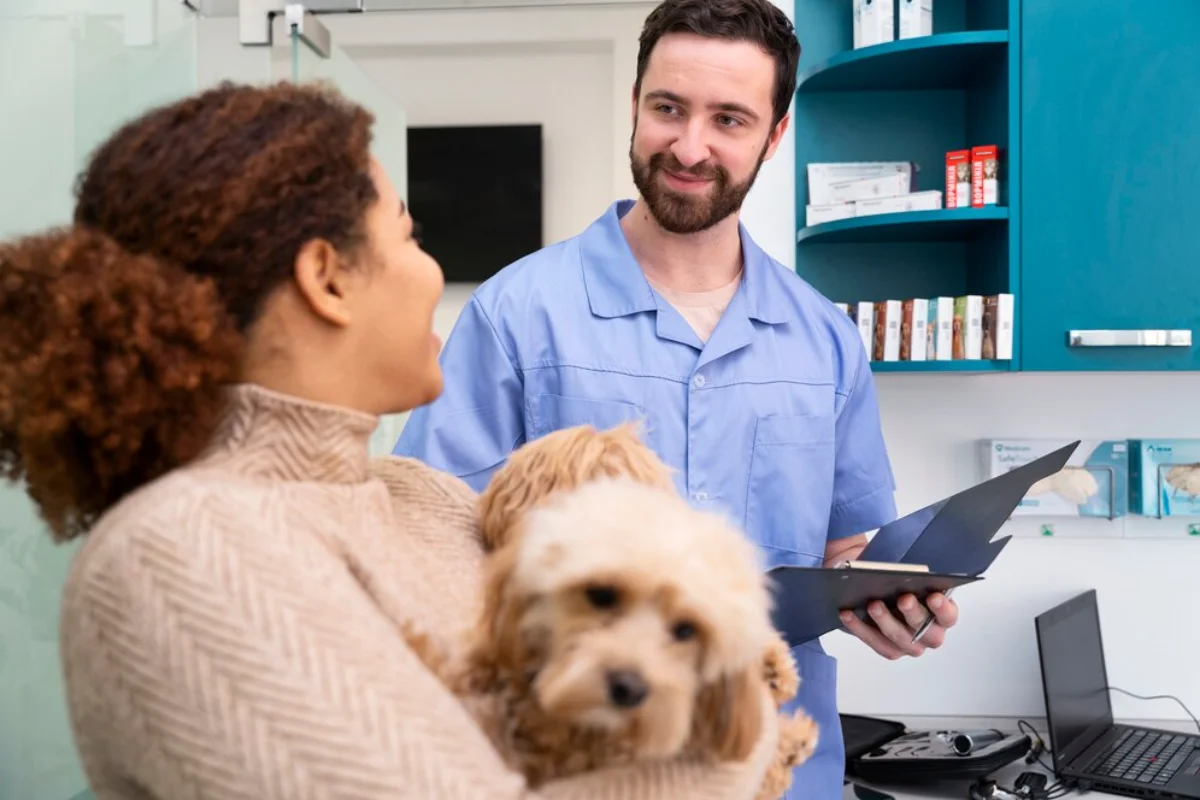
A Comprehensive Guide to Pet Passports & International Travel
The desire to travel with our pets is increasingly popular in an increasingly globalised world. Whether it’s a holiday, a permanent move, or a lengthy work assignment, our furry companions are often considered family members, and leaving them behind is not an option for many. However, navigating the complexities of international pet travel can be daunting. This guide aims to demystify the process, focusing on pet passports, regulations, and tips for flying with pets. By understanding the necessary steps and requirements, you can ensure a smooth and stress-free journey for you and your pet.
Flying with pets involves more than just booking a ticket. Specific pet travel regulations must be adhered to, varying from country to country and airline to airline. Pet-friendly airlines offer different services and accommodations for pets, and knowing which ones are available can make a significant difference in your travel experience. This guide will give you all the information you need to make informed decisions and ensure your pet’s safety and comfort.

Key Benefits / Why It Matters
Understanding Pet Travel Regulations
Pet travel regulations are in place to protect the health and safety of both your pet and the native animal populations in the destination country. These regulations often include requirements for vaccinations, microchipping, and health certifications. Understanding these rules is crucial, as failure to comply can result in quarantine, fines, or even denial of entry for your pet.
For example, the UK Pet Travel Scheme (PETS) allows pet dogs, cats, and ferrets to travel between member countries without quarantine, provided they meet specific health requirements. This scheme is designed to prevent the spread of rabies and other diseases. Similar regulations exist worldwide, each with its rules and requirements. By understanding these regulations, you can avoid unnecessary stress and ensure a smooth travel experience.
The Importance of Pet Passports
A pet passport is an essential document for international pet travel. It proves your pet meets all the necessary health requirements to enter your destination country. The pet passport includes your pet’s microchip number, rabies vaccination, and other health information. In the UK, pet passports are issued by authorised veterinarians and recognised by all EU countries and other destinations.
A pet passport simplifies travel by consolidating all necessary documentation into one easily accessible place. This can save time and reduce the risk of missing important documents when travelling. Additionally, it provides peace of mind, knowing that all your pet’s health requirements are up-to-date and documented.
Choosing Pet-Friendly Airlines
Not all airlines are created equal when it comes to flying with pets. Pet-friendly airlines offer specialised services and accommodations to ensure your pet’s comfort and safety during the flight. This can include temperature-controlled cabins, designated pet relief areas, and trained staff to handle your pet’s needs.
Choosing a pet-friendly airline can significantly enhance your travel experience. These airlines often have more lenient policies regarding pet travel, allowing pets to travel in the cabin rather than the cargo hold. This can reduce stress for you and your pet, providing a more enjoyable journey.

Step-by-Step Guide to International Pet Travel
Step 1: Research Pet Travel Regulations
The first step in preparing for international pet travel is to research the pet travel regulations for your destination country. This includes understanding the specific health requirements, such as vaccinations, microchipping, and health certificates. It’s essential to start this process well in advance, as some vaccinations and treatments may need to be administered weeks or even months before travel.
Researching Country-Specific Requirements
Each country has its own set of pet travel regulations, which can vary significantly. For example, the UK requires pets to be microchipped and vaccinated against rabies at least 21 days before travel. Some countries may also require additional vaccinations or treatments, such as dog tapeworm treatment. It’s crucial to check the specific requirements for your destination and any countries you may be transiting through.
Consulting with Your Veterinarian
Your veterinarian is an invaluable resource when preparing for international pet travel. They can provide guidance on the necessary vaccinations and treatments and help ensure your pet’s health requirements are up-to-date. Additionally, they can issue the required health certificates and, in some cases, the pet passport.
Step 2: Obtain a Pet Passport
Once you understand the pet travel regulations, the next step is obtaining a pet passport. In the UK, this involves visiting an authorised veterinarian who can issue the passport and ensure all necessary health information is documented.
What’s Included in a Pet Passport?
A pet passport includes details of your pet’s microchip number, rabies vaccination, and other relevant health information. It may also include records of additional vaccinations or treatments, depending on the requirements of your destination country. Having all this information in one place simplifies the travel process and ensures you have everything you need at your fingertips.
Keeping Your Pet Passport Up-to-Date
Keeping your pet passport up-to-date and ensuring all vaccinations and treatments are current are essential. This includes regular booster vaccinations and any additional therapies your destination country requires. Keeping your pet passport up-to-date can prevent delays or issues when travelling and ensure your pet’s health and safety.
Step 3: Choose a Pet-Friendly Airline
Selecting the right airline is crucial in ensuring your pet’s smooth and stress-free journey. Not all airlines offer the same level of service and accommodations for pets, so it’s essential to research your options and choose a pet-friendly airline that meets your needs.
Step 4: Prepare for the Journey
Once you have booked your flight and obtained your pet passport, it’s time to prepare for the journey. This includes packing all necessary supplies, such as food, water, and medications your pet may need. Additionally, consider your pet’s comfort and safety during the flight.

Additional Expert Tips & Common Mistakes to Avoid
Best Practices for International Pet Travel
- Plan Ahead: Start preparing for your trip to ensure all necessary vaccinations and treatments are up-to-date.
- Stay Informed: Keep up-to-date with any changes in pet travel regulations for your destination country.
- Consult with Your Veterinarian: Your veterinarian ensures your pet’s health and safety during travel.
Common Mistakes and How to Avoid Them
- Last-Minute Planning: Waiting until the last minute to prepare for international pet travel can lead to unnecessary stress and complications.
- Overlooking Health Requirements: Failing to meet the health requirements of your destination country can result in quarantine or denial of entry for your pet.
- Choosing the Wrong Airline: Not all airlines are pet-friendly, so it’s essential to research your options and select an airline that meets your needs.
The Guide to Pet Travel
Travelling internationally with your pet requires careful planning and preparation, but the rewards of having your furry companion by your side are well worth the effort. Understanding pet travel regulations, obtaining a pet passport, choosing a pet-friendly airline, and preparing for the journey can ensure a smooth and stress-free experience for you and your pet.
With the proper preparation and planning, you can confidently embark on your international adventure, knowing that you have taken all the necessary steps to ensure a successful journey. Safe travels!


